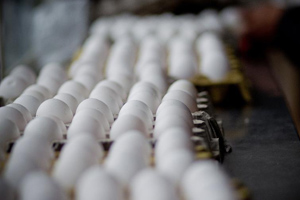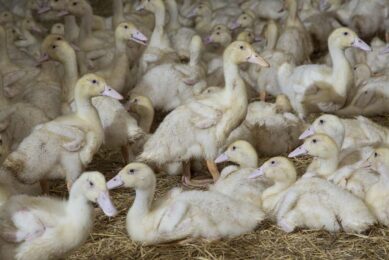Mexican poultry industry recovering from AI outbreak

The Mexican poultry industry is recovering from the outbreak of highly pathogenic avian influenza (HPAI) H7N3 that was detected in June.
As of November 16, it has been more than 90 days since the most recent detection of H7N3 in commercial egg-layer flocks, a recent report of the USDA’s Agricultural Marketing Service states.
During the outbreak the National Service of Health, Food Safety, and Food Quality surveyed 513 farms (271 layers, 200 broilers, and 42 breeders) for the H7N3 virus and detected it only on 44 layer farms in the state of Jalisco. The source of the outbreak was not definitively determined, but Mexican officials report that the source likely was wild and/or migratory birds or waterfowl. The outbreak resulted in the death or culling of around 22.4 million layers and, according to Mexico’s poultry and egg industry organisation (UNA), reduced national egg production by 15% for calendar year 2012.
Egg consumption
Mexico is considered to have the greatest per capita consumption of eggs in the world and the high level of egg consumption coupled with the production decrease and HPAI-related market speculation pushed egg prices higher for all major population centres. UNA reported that industry members attempted to maintain supplies and dampen the price spike by reducing or eliminating egg and egg product exports while also extending egg-layer production cycles to between 125 to 128 weeks. Still, prices more than doubled during the outbreak and are still hovering more than $0.50 per kilogram (kg) greater than the same period one year ago whereas US egg prices in dollars per dozen are virtually unchanged from the same period last year. In response, Mexico opened its market more broadly to imported eggs.
Most egg imports as a result of the AI outbreak did not get into full swing until September. US shell egg exports to Mexico totalled 1,998,343 dozen for January-August 2012; in September alone the US exported 7,890,121 dozen eggs.
Mexican authorities and industry members indicate that egg prices (both farm-gate and wholesale market) have stabilised albeit at levels greater than before the outbreak. The pre- and post-incident prices are considerably different in Mexico while prices in the US are similar to one year ago.
Antidumping duties
In addition to disrupting the general supply and demand of Mexico’s egg market, escalating prices pushed Mexico’s Foreign Trade Commission (COCEX) to refrain from imposing antidumping duties on imported US-origin CLQs. US CLQs remain a low-cost protein source for many Mexican consumers and are much cheaper than their Mexican equivalent CLQ as feed grain input costs and consumption preferences between the countries differ significantly.
At the time when COCEX and the International Trade Practices Unit (UPCI) of the Mexican Secretariat of Economia announced that antidumping duties would not be imposed, the government bodies indicated that they would be monitoring prices and could impose duties when market circumstances dictated. As of November 28, 2012, the Mexican Government has not imposed any duties on US CLQs, but the issue remains active as the US industry appealled the decision to the NAFTA Secretariat and the Mexican industry filed the equivalent of an injunction to overturn the decision to refrain from imposing duties.
Join 31,000+ subscribers
Subscribe to our newsletter to stay updated about all the need-to-know content in the poultry sector, three times a week. Beheer
Beheer








 WP Admin
WP Admin  Bewerk bericht
Bewerk bericht